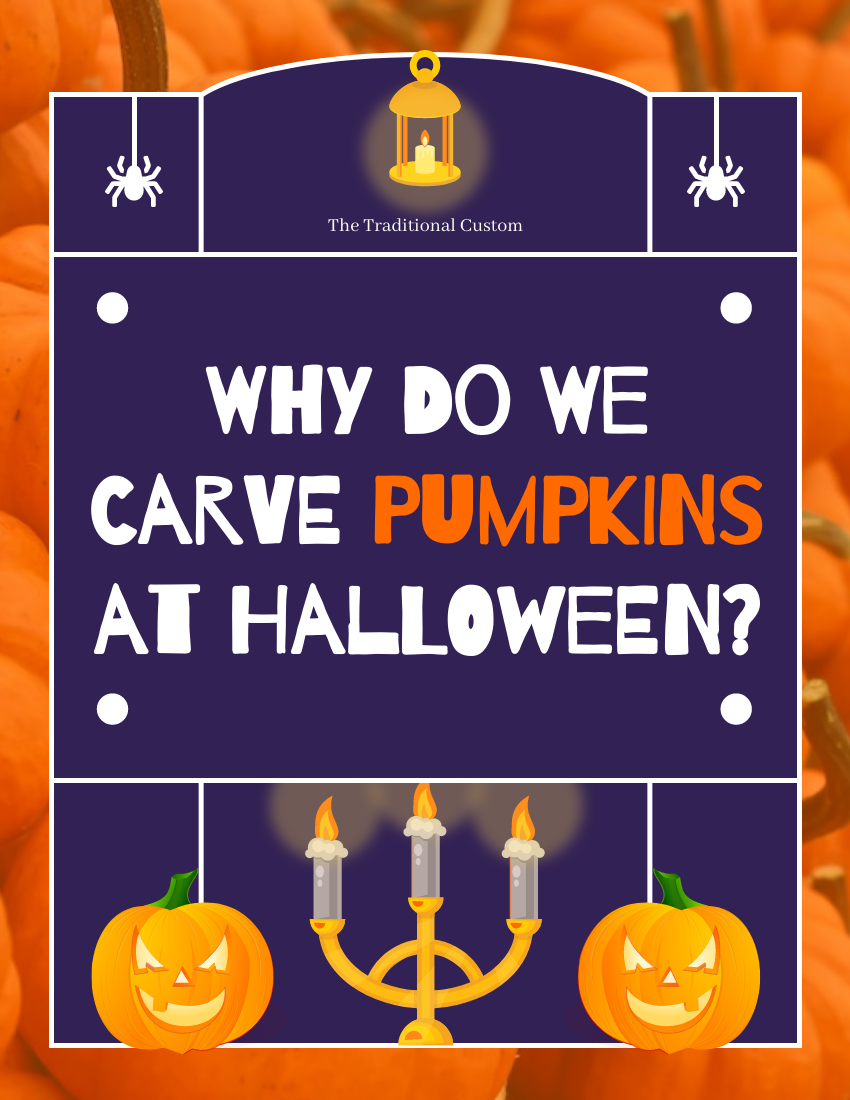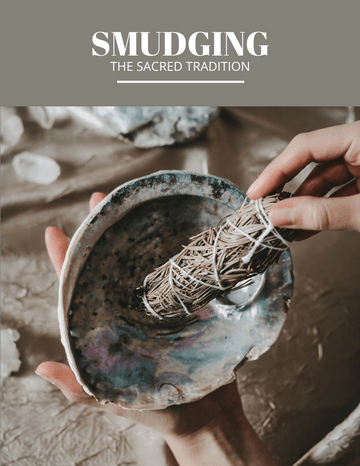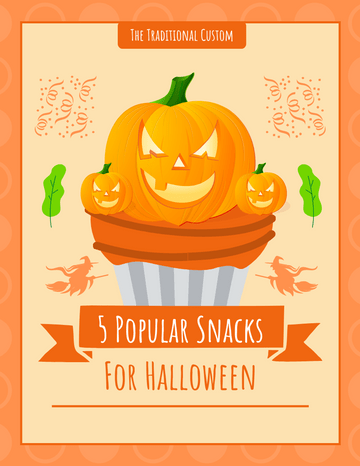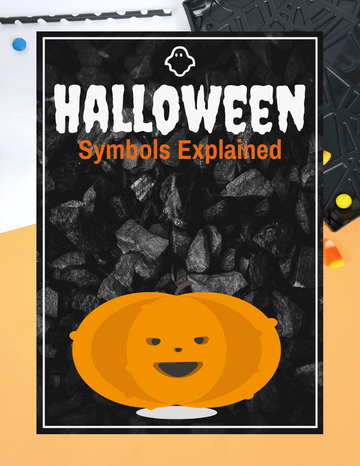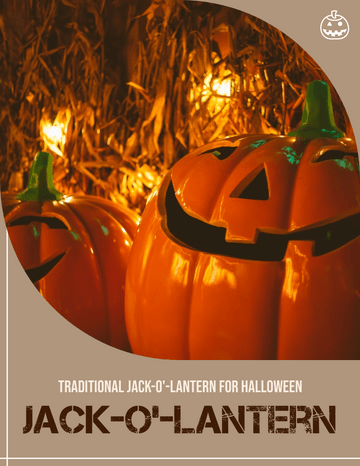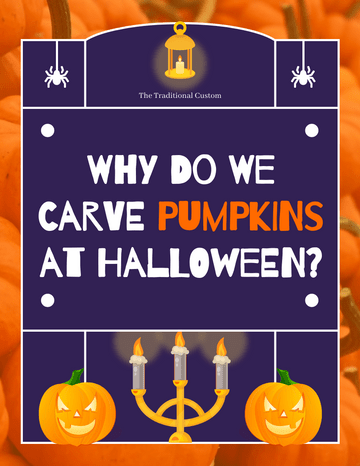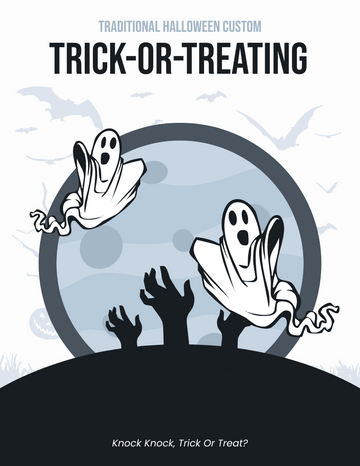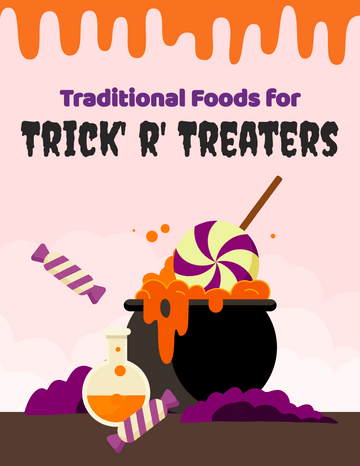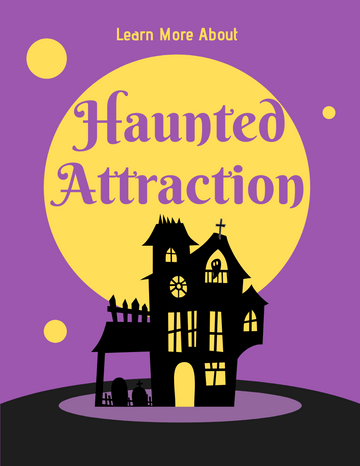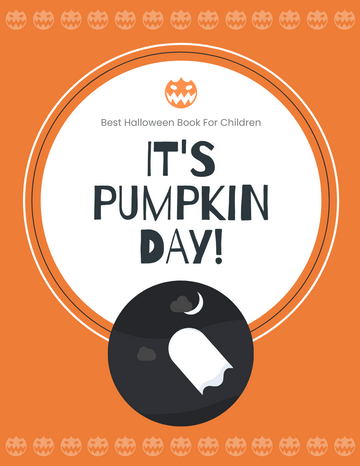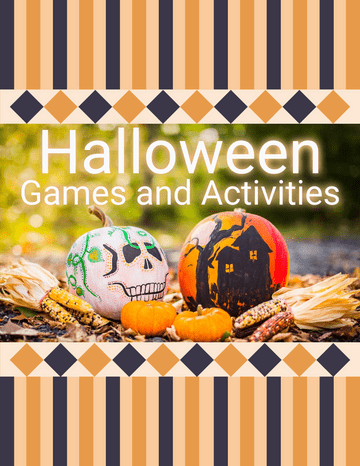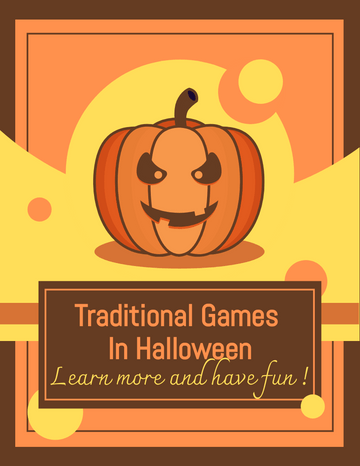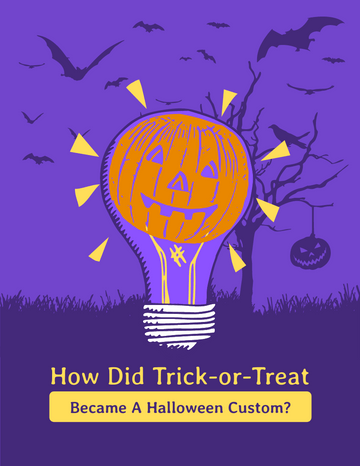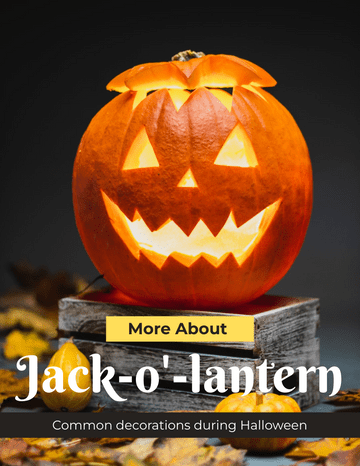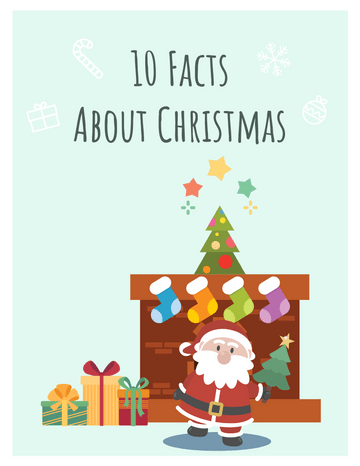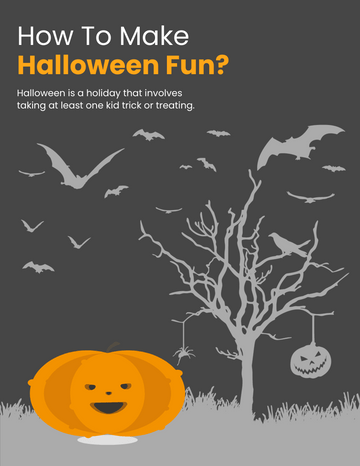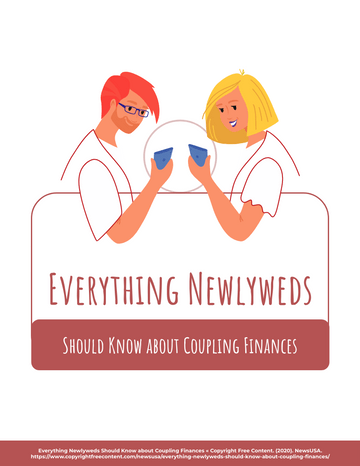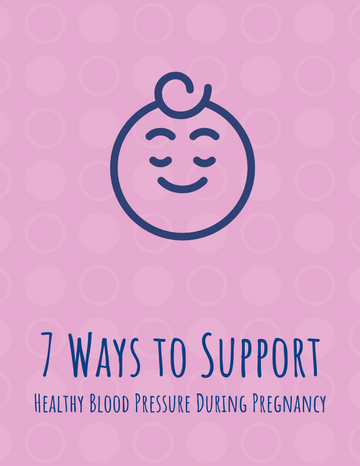Why Do We Carve Pumpkins at Halloween?
Why Do We Carve Pumpkins at Halloween?
What is Jack-o'-lantern?
Jack-o'-lantern is a carved turnip, pumpkin or other root vegetable lantern, commonly associated with the Halloween holiday. Its name comes from the reported phenomenon of strange lights flickering over peat bogs, called will-o'-the-wisps or jack-o'-lanterns. The name is also tied to the Irish legend of Stingy Jack, a drunkard who bargains with Satan and is doomed to roam the Earth with only a hollowed turnip to light his way.
Inside the Etymology
The term jack-o'-lantern was originally used to describe the visual phenomenon ignis fatuus known as a will-o'- the-wisp in English folklore. Used especially in East England, its earliest known use dates to the 1660s. The term "will-o'-the-wisp" uses "wisp" (a bundle of sticks or paper sometimes used as a torch) and the proper name "Will": thus, "Will-of-the-torch." The term jack o'lantern is of the same construction: "Jack of [the] lantern."
Origin of Jack-o'-lantern?
The carving of vegetables has been a common practice in many parts of the world. It is believed that the custom of making jack-o'- lanterns at Halloween time began in Ireland. In the 19th century, "turnips or mangel wurzels, hollowed out to act as lanterns and often carved with grotesque faces," were used on Halloween in parts of Ireland and the Scottish Highlands. In these Gaelic-speaking regions, Halloween was also the festival of Samhain and was seen as a time when supernatural beings (the Aos Sí), and the souls of the dead, walked the earth. Jack-o'-lanterns were also made at Halloween time in Somerset, England during the 19th century.
Jack-o'-lantern In North America
Adaptations of Washington Irving's short story "The Legend of Sleepy Hollow" (1820) often show the Headless Horseman with a pumpkin or jack-o'-lantern in place of his severed head. (In the original story, a shattered pumpkin is discovered next to Ichabod Crane's abandoned hat on the morning after Crane's supposed encounter with the Horseman.)
The application of the term to carved pumpkins in American English is first seen in 1834. The carved pumpkin lantern's association with Halloween is recorded in the 1 November 1866 edition of the Daily News (Kingston, Ontario): The old time custom of keeping up Hallowe'en was not forgotten last night by the youngsters of the city. They had their maskings and their merry-makings, and perambulated the streets after dark in a way which was no doubt amusing to themselves. There was a great sacrifice of pumpkins from which to make transparent heads and face, lighted up by the unfailing two inches of tallow candle.
Click to read more inside the book!
